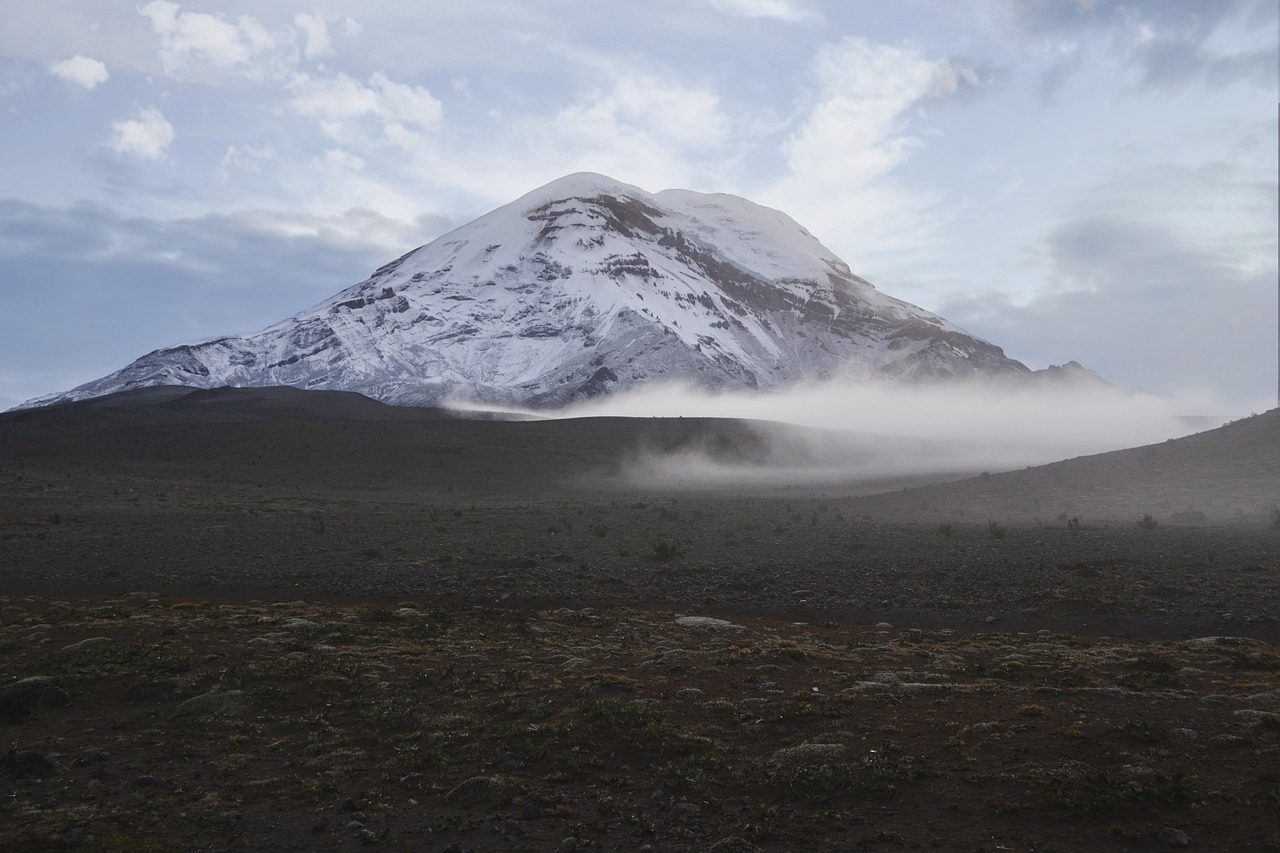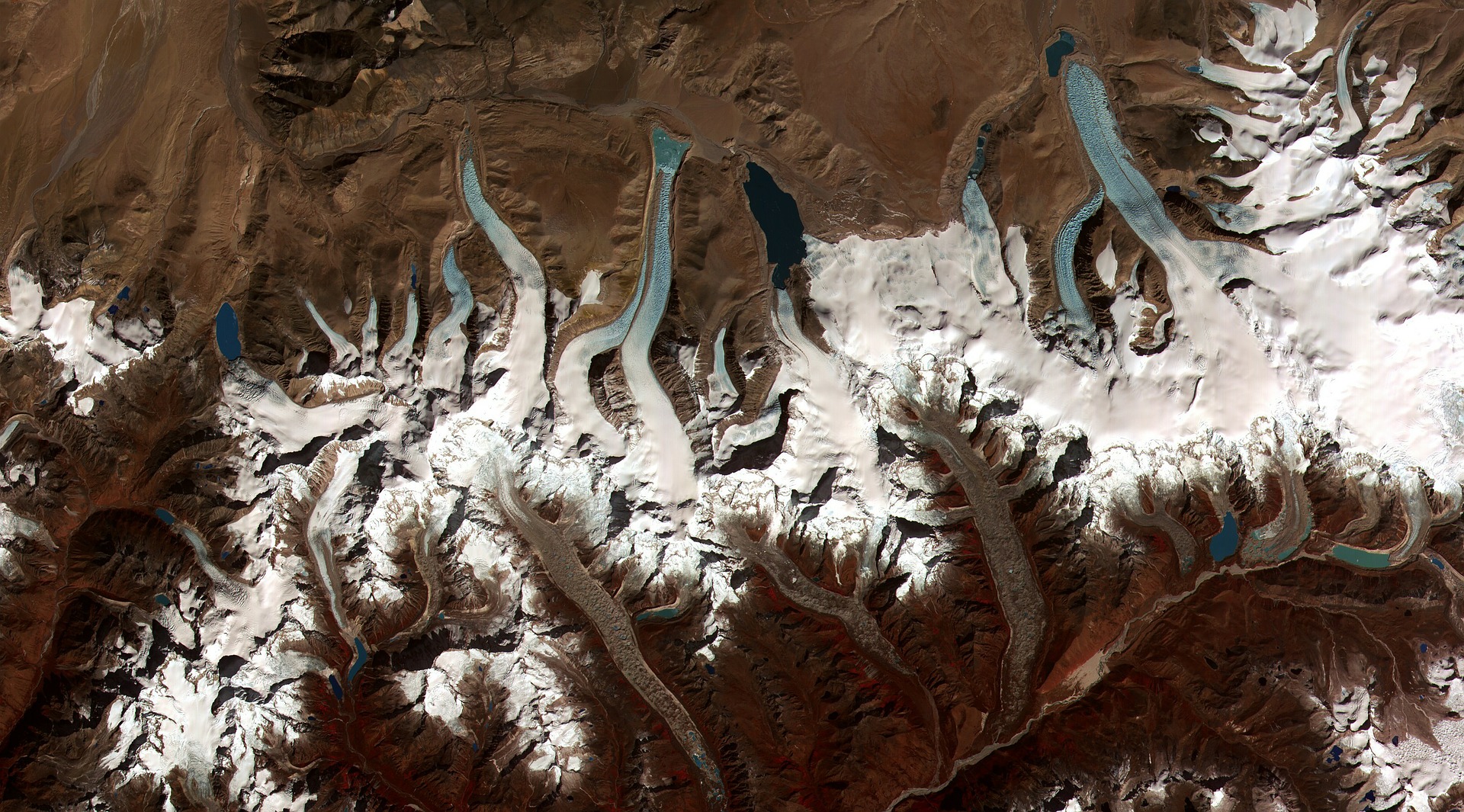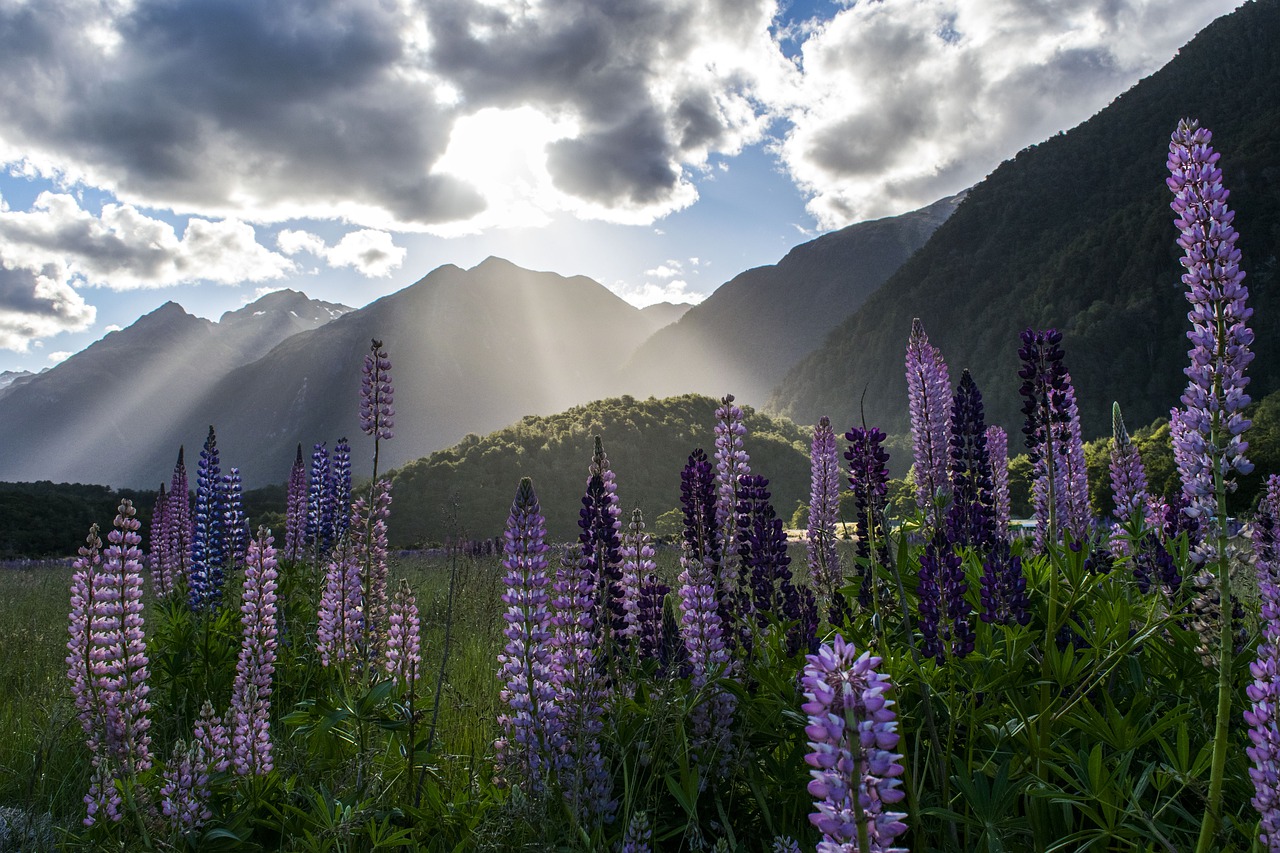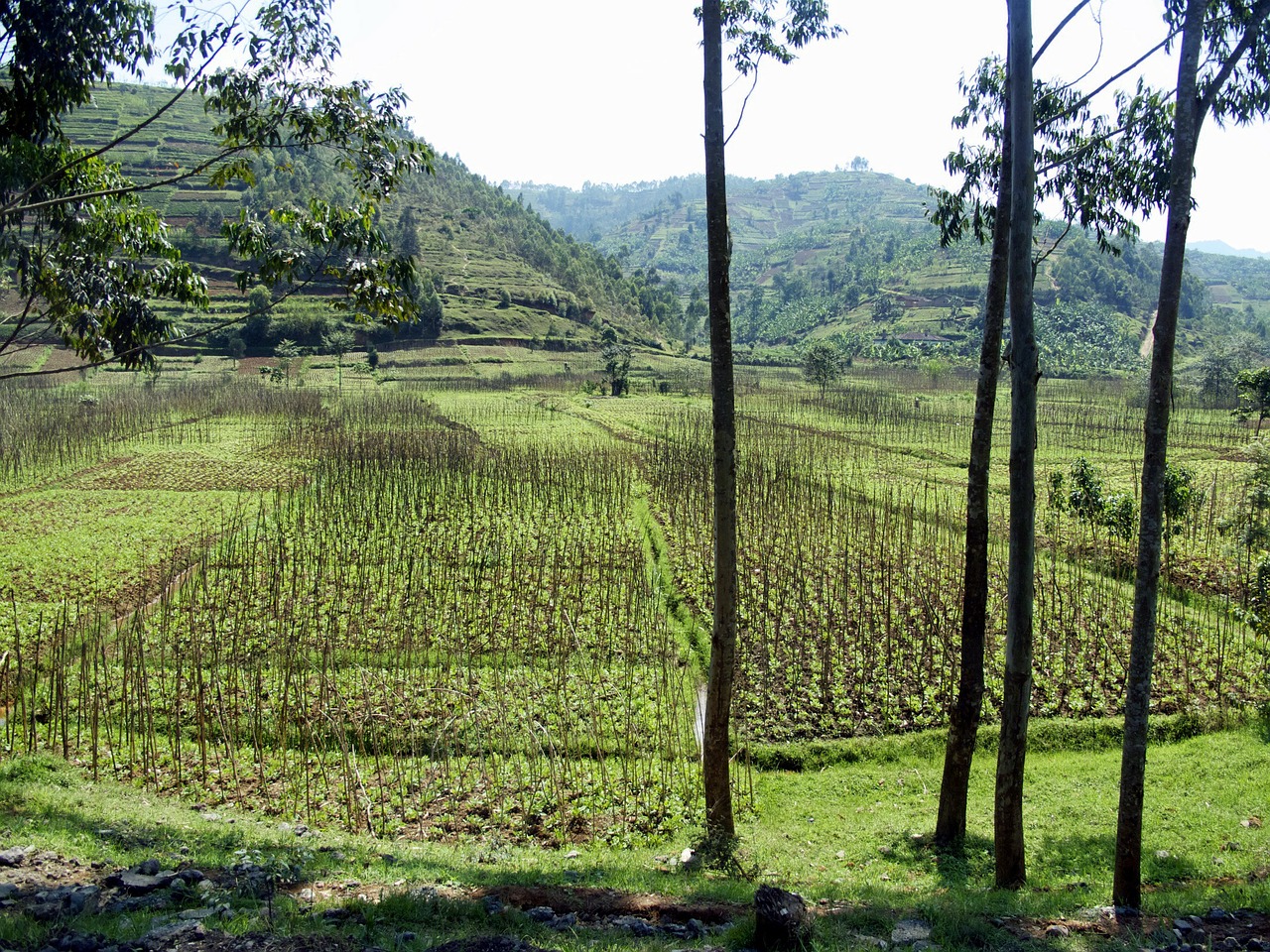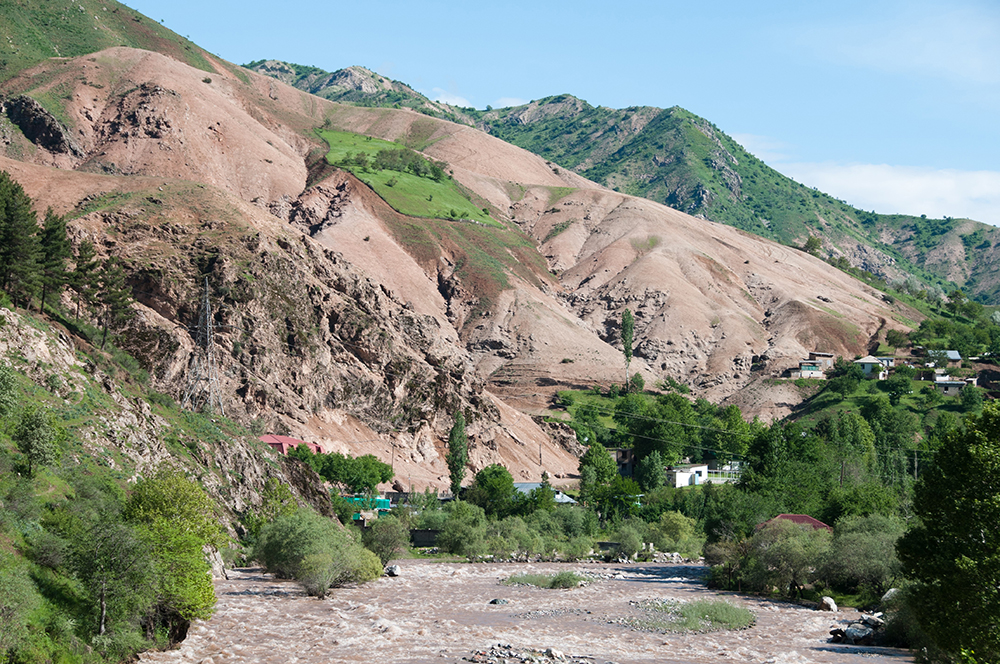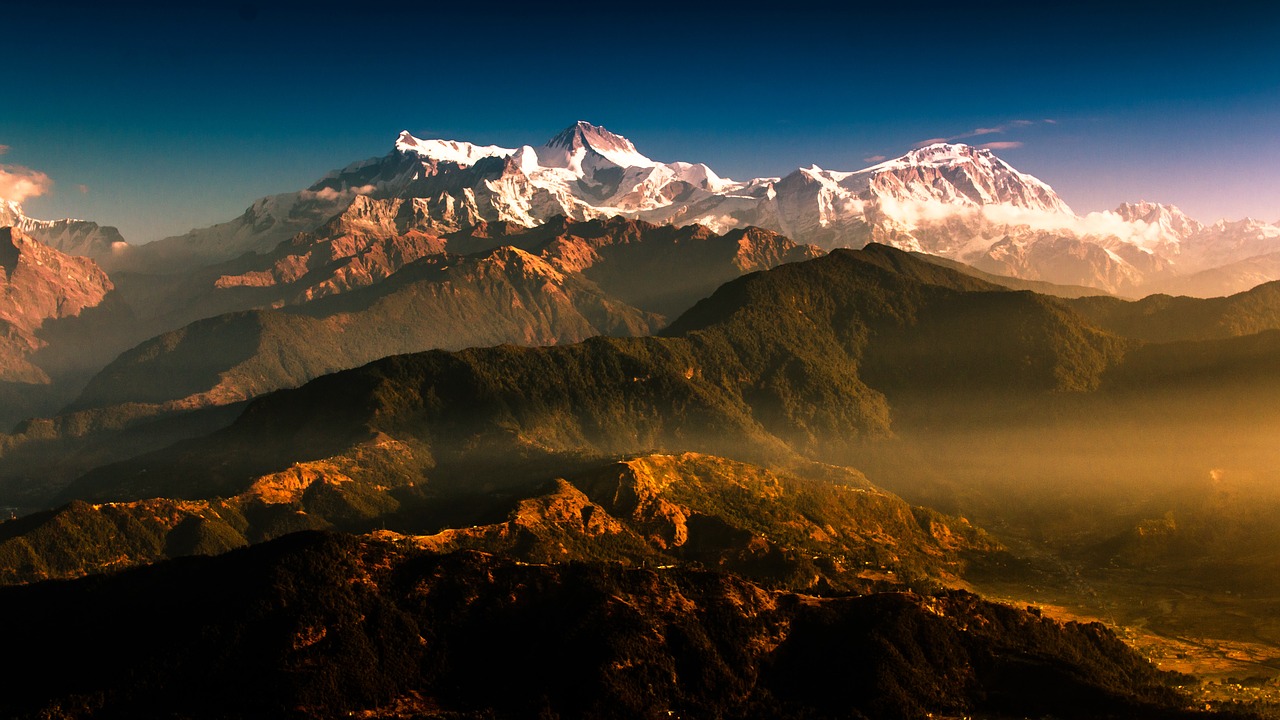News
- Details
- Category: New Publication
Mountain ecosystems and the human communities that inhabit them deliver critical resources — such as fresh water and timber — to over half the planet's human population. Despite their importance, there has been no global assessment of threats to mountain systems, even as they face unprecedented challenges to their sustainability. With survey data from 57 mountain sites worldwide, a new publication tests our understanding of the types of stresses that are threatening mountain systems, as well as the resources and benefits that come from mountains.
The ideas presented in this paper were first developed at a workshop supported by the Mountain Research Initiative.
- Details
- Category: MRI News
A new and exciting Cluster of Cooperation in the Global South (CLOC) has been funded by the swissuniversities Development and Cooperation Network (SUDAC), which brings together a wide range of interdisciplinary expertise from Switzerland and Latin America. The CLOC Conéctate-A+ (which translates as 'connect yourself to the Andes+ region') aims to set up a hub in the Tropical Andes and Central America region (Andes+), to address research on and for sustainable development and global change. The MRI, in collaboration with CONDESAN and the University of Zurich as CLOC Co-Heads, is coordinating this novel interregional exchange.
Achieving sustainable development in Latin America, and specifically in the Andes+ region, continues to be a major challenge. Although some progress has been made towards an adequate understanding of the barriers that impede progress towards this goal, the advances have been more thematically driven than with an integrated approach; there have been collaborative efforts of existing networks, particularly from research and practice in mountains focused on socio-ecological variables of sustainable development. However, it has been difficult to define a strategic research or teaching agenda for the region in order to contribute to this purpose.
- Details
- Category: Global News
Using declassified images taken by Cold War spy satellites in the 1970s, researchers have revealed the dramatic extent of ice loss in the Himalayan glaciers over the last 40 years.
A new study published in Science Advances shows that the melting of Himalayan glaciers caused by rising temperatures has accelerated dramatically since the start of the 21st century. The analysis, spanning 40 years of satellite observations across India, China, Nepal, and Bhutan, indicates that glaciers have been losing the equivalent of more than a vertical foot and half of ice each year since 2000 — double the amount of melting that took place from 1975 to 2000. The study is the latest indication that climate change is eating away at the Himalayan glaciers, potentially threatening water supplies for hundreds of millions of people downstream across much of Asia.
- Details
- Category: New Publication
Although negative impacts of climate change will ultimately occur by driving populations to extinction, we know remarkably little about such impacts on plant demography. Most long-term research focuses instead on shifts to early blooming. The present paper shows that climate change is expected to cause negative population growth in a plant population within a few decades.
Early snowmelt is associated with reduced vital rates, with the effects on seedling establishment and seed production especially important to population dynamics. The negative impact is expected even without the changes in floral display so evident in other plant species in the same subalpine community. Thus, these mountain plant communities are at risk from declining snowpack.
- Details
- Category: New Publication
The primary purpose of this paper is to provide a gendered focus on the environmental and socioeconomic transformation of the Rwandan highlands and the impact of the transformation on the well-being and gender equality of its inhabitants.
Transformations of a mountain system are complex. However, the actions needed for the transformations are not always recognized as being gender biased. The Rwandan highlands are undergoing a rapid environmental and social-economic transformation. The government of Rwanda is pushing an economic and social transformation agenda with neoliberal and gender-mainstreamed agricultural policies.
- Details
- Category: MRI News
A new MRI publication highlights the importance of spatial context in monitoring and reporting on the Sustainable Development Goals. With reflections based on research in mountain regions, the paper calls for data collection methodologies and review schemes that take into account how SDGs may be reflected at sub-national and regional levels. This recent publication in the GAIA Open Access Thematic Issue: Research for Sustainable Development Goals (SDGs) was developed by the MRI and the Center for Development and Environment (CDE), as part of our collaboration on the Sustainable Mountain Development for Global Change (SMD4GC) programme.
In September 2015, the General Assembly of the United Nations unanimously adopted the Agenda 2030 for Sustainable Development. Central to this agenda are 17 Sustainable Development Goals (SDGs) and 169 related targets. By committing to the 2030 Agenda, countries have promised to work towards sustainable development, pledging to leave no one behind. However, for those that are marginalized due to living in remote mountainous regions, for example, the risk of exclusion remains.
- Details
- Category: New Publication
This paper describes and evaluates a snow mapping setup for the remote Langtang Valley in the Nepal Himalayas, which can deliver data for snow and water availability mapping all year round.
Seasonal snow cover is an important source of melt water for irrigation and hydropower production in many regions of the world, but can also be a cause of disasters, such as avalanches and floods. In the remote Himalayan environment there is a great demand for up-to-date information on the snow conditions for the purposes of planned hydropower development and disaster risk reduction initiatives.
- Details
- Category: New Publication
According to the planetary boundaries framework, anthropogenic alteration of the nitrogen (N) cycle is one of the major challenges facing the Earth system. This study starts from the premise that human activities have at least doubled the levels of reactive N (Nr) available in the biosphere, resulting in deposition of Nr in or near heavily populated areas as well as remote ecosystems.
The N cycle is best described as a modular and complex network of biological N-transformation reactions carried out by metabolically versatile communities of microorganisms, whose overall composition largely determines whether N is lost, via denitrification or anammox, or retained in the system via dissimilatory nitrate reduction to ammonium (DNRA).





